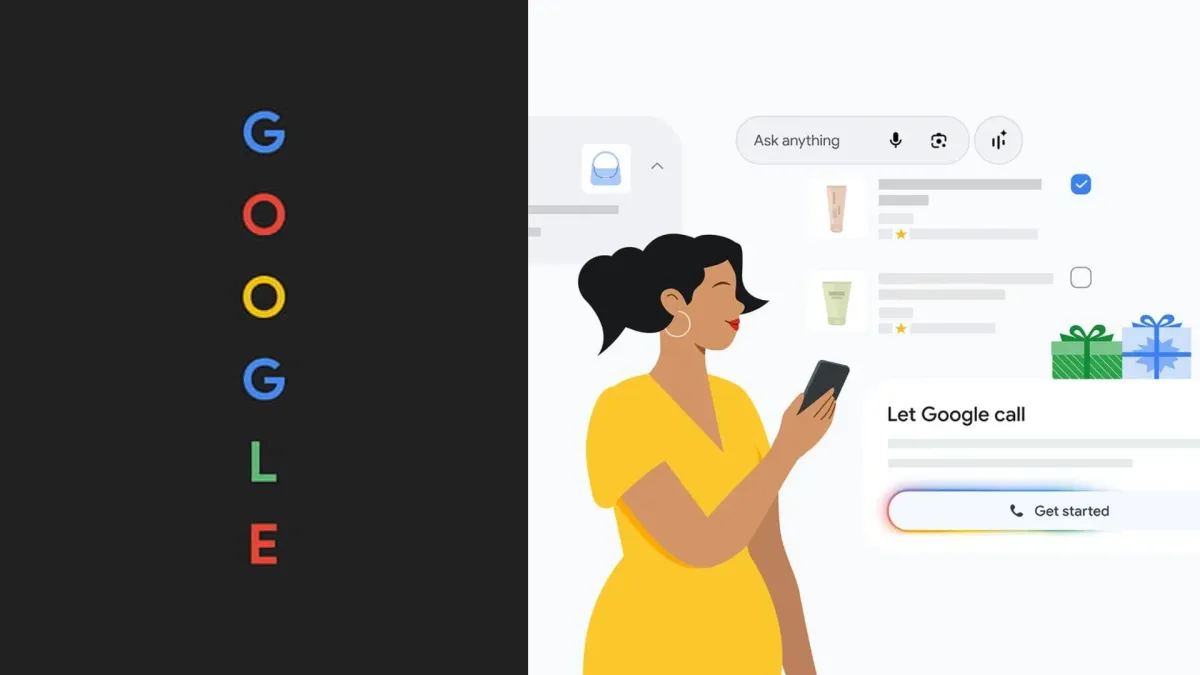Google has introduced new shopping tools powered by its Gemini model and its Shopping Graph that allow users to shop through natural language, call stores via AI, and even assign purchases to an agentic checkout system. These features roll out now for U.S. users ahead of the 2025 holiday season.
In AI Mode on Search, users can describe what they seek, for example “comfortable boots for snowy walks under $150”, and Google returns a structured response with images, live inventory, price tracking and comparison tables.
Google says its Shopping Graph contains more than 50 billion product listings, with 2 billion updated each hour.
Agentic Features: Store Calls And Auto-Checkout
Google’s new “Let Google Call” feature uses Duplex-based AI to contact local stores on behalf of the user. When enabled, the system asks the user a few follow-ups, then calls nearby outlets to check availability, pricing and promotions.
The user receives a summary by text or email. Merchants may opt out of the service if they choose.
Another major tool is agentic checkout. A shopper can select a product, define size, color and price threshold, then enable Google to monitor the listing. Once the criteria are met, Google prompts the user to confirm and then completes the purchase using Google Pay on the merchant’s site.
Initial rollout includes merchants such as Wayfair, Chewy, Quince and select Shopify sellers. These tools aim to reduce friction in holiday shopping by automating the parts that frequently slow users down: searching with the right terms, tracking price drops and checking local stock.
Why These Features Matter For Digital Commerce
By combining advanced search, conversational AI and payment infrastructure, Google is moving toward what industry observers call “agentic commerce”, where a user’s assistant can manage shopping tasks end to end.
For retailers, these tools may drive more traffic and conversions; for users, they simplify discovery and purchase flows.
However, the shift also raises questions around control, data sharing and trust. When AI participates in checkout or store-calls, ensuring transparency, fairness and data protection becomes critical.
Google says it always requests user permission before acting and maintains payment and purchase confirmation steps within user control.
What To Monitor Ahead
The success of these tools will depend on adoption, reliability and merchant support. Will users trust AI to call stores and finalize purchases? Will the selected merchants handle the volume and accuracy needed for seamless interactions?
Observers will watch the rollout’s performance in the U.S. initially, then track how Google expands globally and how competitors respond with similar AI-shopping hybrids.
This holiday season may serve as a real-world test of how deeply AI can integrate into retail shopping processes.






